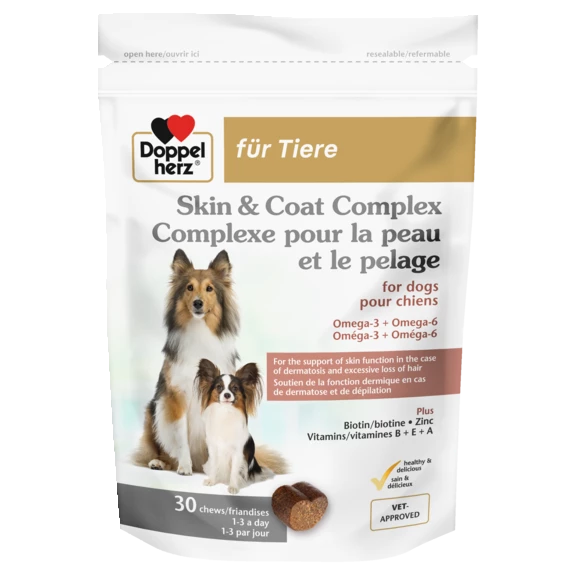So-called carrier animals then harbour such a fungus without any symptoms, but serve it as a carrier. By far the most common dermatophyte in dogs is called Microsporum canis, the second most common is Trichophyton spp.
How do you recognise skin fungus in dogs?
The head, ears and limbs are most commonly affected. Hairlessness occurs, sometimes with redness, scales and crusts. Itching may occur. Some fungal strains are visible under special light, and in cases of severe infestation, fungal spores can be detected under the microscope. The type of fungus can be differentiated through a fungal culture (cultivation) after about 4 weeks. Fungi can also be detected in skin biopsies. If there are signs that indicate a skin fungus, caution is advised, because: Dermatophytes can also be transmitted to other animals and even to humans.
Treatment methods for skin fungus
The treatment of a fungal skin infection is very complex. Not only the animal, but all things with which it may have had contact must be treated thoroughly several times to ensure complete disinfection. In concrete terms, this means all objects in all rooms (including the car!) to which the animal had access. If your pet has been diagnosed with a fungal infection, treatment should always be carried out by a vet. He can also give you tips on how to disinfect the affected objects
